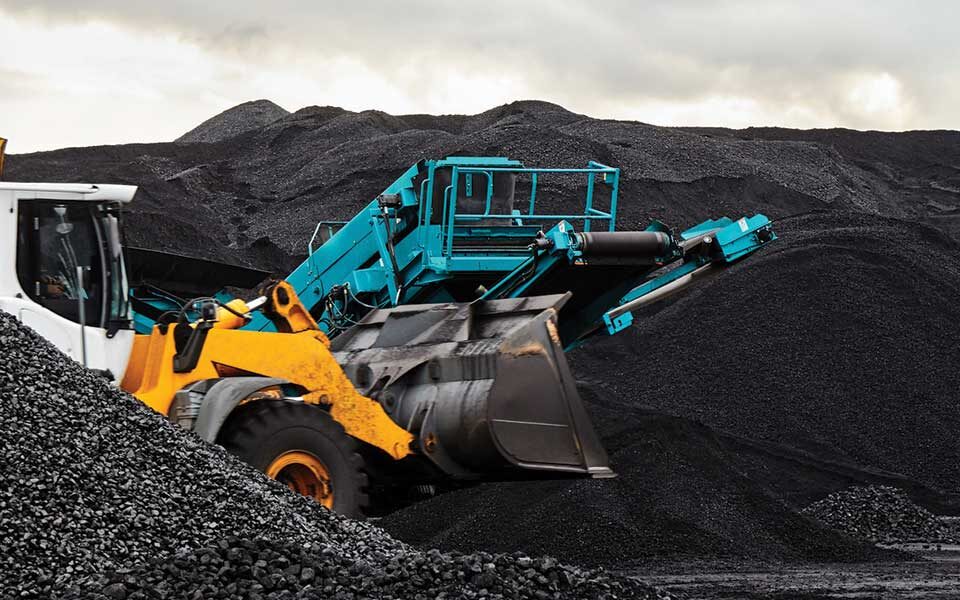The “New” Tax Law: Construction Contractor Edition
After the Tax Cuts and Jobs Act (TCJA) was signed in 2017, accounting professionals inched forward without much clarity. Proposed regulations and IRS guidance slowly trickled in, in a manner similar to constructing a building; there were change orders, evolving building codes, and a “pseudo building inspector” in the IRS that was difficult to reason with. The constant change has been a consistent topic of conversation as questions continue to plague construction contractors and further guidance continues to get issued.
ENTITY CONSIDERATION
2018 was a year to reassess contractors’ business models and tax strategies. The tax threshold for small contractors was raised, and the opportunity for a change in tax method or the tax treatment of contracts was presented. A contractor who falls below the $25 million average gross receipts threshold is now defined as a “small taxpayer,” allowing them the option to use the cash method or completed contract method of accounting, in addition to the accrual method. The $25 million threshold, which will be adjusted annually for inflation, is a significant increase from the previously static $5 million threshold for C-corps and $10 million for other entities.
Cash Method
- Gross profit for tax purposes follows the cash flow of the contract.
Completed Contract Method
- Gross profit for tax purposes is deferred until the contract is substantially complete.
In July of 2019, the IRS republished regulations allowing taxpayers the option not to aggregate gross receipts of related parties for 2018 and 2019. Filed 2018 tax returns should be reviewed to determine if there is an opportunity for tax savings by using the cash or completed contract method.
ALTERNATIVE MINIMUM TAX
The alternative minimum tax (AMT) has been eliminated for C corporations, while the AMT exemptions and phaseouts were raised for individuals. When considering method changes for pass-through entities, it is vital to remember that the completed contract method is not an allowable method for AMT.
Equalization of the average gross receipts threshold and the elimination of the AMT have made the completed contract method extremely attractive to C corporation contractors. With the AMT still in existence for individuals and the negative consequences of recalculating AMT income using the percentage of completion method, the cash method has been the preferred change in method for pass-through entities.
INCOME CONFORMITY
With the issuance of new revenue recognition rules, income must be recognized for tax purposes the same time that it is recognized for financial statement purposes, with an exception for items that exist in the tax code. Accrual less retainage is a method used widely by contractors, allowing for deferral of income related to outstanding retainage on short-term contracts. Unfortunately, this method has not been codified, nor is it acceptable for GAAP purposes. Therefore, any contractors that have elected accrual less retainage in the past will no longer be allowed to continue this method. Any prior year deferral must be recognized in current income.
It is important to note that the income conformity rule only applies to applicable financial statements. This includes GAAP and IFRS statements (such as audited financial statements and filings with the SEC) and any financial statement filed with a governmental organization. Contractors need to communicate with their tax advisors regarding who the end-user of the financial statement will be on a year-to-year basis going forward.
NON-DEDUCTIBLE EXPENSES
Meals and Entertainment Prior to TCJA, business meals and most types of entertainment were 50% deductible. Under TCJA, all forms of entertainment are now non-deductible, and the types of meals subject to the 50% limitation have expanded from only business meals to include any meals provided to employees for the employer’s convenience, along with meals provided during employee travel or training. It is recommended that new general ledger accounts are created to separately track each of these categories to ease the burden during tax return preparation or in the case of an IRS examination.
Employer Provided Parking
Parking benefits provided to employees can be excluded from the employee’s taxable wages to the extent of $260 ($265 for 2019), but are not deductible by the employer. Generally, anyone providing parking to employees (employer-owned parking facilities or employer-leased parking spots) should be making an adjustment for parking related expenses.
There are fully deductible exceptions for:
- Parking expenses incurred for the general public
- Parking expenses incurred for 2% shareholders of S corporations, partners of a partnership, sole proprietors or independent contractors.
- Parking benefits that are required to be included in an employee’s taxable wages (for any expense incurred over the threshold).
The calculation of this disallowance can be quite onerous. If a contractor provides parking to employees, a study should be completed to accurately report this disallowance.
DEPRECIATION
Effective until 2023, contractors can enjoy the benefit of 100% bonus depreciation on the cost of qualifying assets. Unless Congress passes an extension, this additional benefit will be fully phased out in 2026. Due to the retroactive nature of the law, the IRS has released guidance for taxpayers wishing to modify how assets placed into service between September 28, 2017, and December 31, 2017, were depreciated. A review of the 2017 tax return should be done in light of this new guidance.
A taxpayer may elect to expense the cost of any section 179 property and deduct it in the year the property is placed in service, to the extent there was no business income limitation. The Section 179 maximum deduction has been increased to $1 million, with the dollar-for-dollar phase-out threshold starting at $2.5 million. The definition of section 179 property has been expanded to include qualified improvement property (QIP). Roofs, HVAC systems, fire/ security systems and nonstructural improvements are some improvements that fall under the QIP category and qualify for Section 179. Unfortunately, most states decouple from the federal laws. It is vital as part of a tax return to consider the state implications of the federal depreciation elections.
INTEREST EXPENSE LIMITATION
As of January 1, 2018, all large taxpayers (individuals, pass-through entities and C corps, alike) are subject to the Section 163(j) business interest expense limitation. Taxpayers subject to Section 163(j) will be required to limit any net business interest expense exceeding 30% of the entity’s adjusted taxable income (ATI). A small taxpayer exception exists that is identical to the aforementioned “$25 million small contractor” exception mentioned above. Being considered a small taxpayer on the entity level does not necessarily remove a taxpayer from the Section 163(j) limitation.The following pro rata items should be included on a schedule K-1 so that the limitation can be recalculated by the taxpayer:
Entities not subject to section 163(j):
- Three year average of the entities gross receipts
- Current year adjusted taxable income
- Current year business interest expense
- Current year business interest income
Entities subject to section 163(j):
- Excess business interest expense
- Excess taxable income
- Excess business interest income
If no Section 163(j) information is included on a schedule K-1 received by a contractor, the question should be raised when completing the taxpayer’s filing.
QUALIFIED BUSINESS INCOME DEDUCTION
With the Section 199A qualified business income (QBI) deduction, individual taxpayers (not including C corps) are allowed to deduct up to 20% of domestic QBI derived from certain trades or businesses. The QBI deduction is calculated on an individual level utilizing information provided on the Schedule Cs, Schedule Es, and Schedule K-1s. Section 199A is broken into two categories – -a qualified trade or business (TOB), and a specified service trade or business.
Most contractors, engineers, and architects will fall into the former category–qualified TOB–where the section 199A deduction is limited to the minimum of:
- 20% of qualified business
- 50% of all wages paid (note: accurate reporting of wages is crucial).
- 25% of wages plus 2.5% of unadjusted basis of “qualified “
The term “specified service trade or business” (SSTB) covers a wide range of business activities including, but not limited to: health services, consulting, law, accounting, performing arts, and financial services. Engineering and architecture activities are specifically excluded from the definition of a SSTB and qualify as a TOB. Members of an SSTB may qualify for the deduction, with the same considerations of a qualified TOB, but only if their taxable income is less than $315,000 for joint filers with a complete phase-out at $415,000 ($157,500 and $207,500, respectively, for all other filers).
FINAL THOUGHTS
There are still a plethora of questions awaiting answers in the form of IRS guidance or a “technical corrections” bill, but at this time there is little hope anything will be signed before the end of 2019. Contractors should continue to seek the advice of their trusted advisors in regards to any additional clarifications or concerns.




















